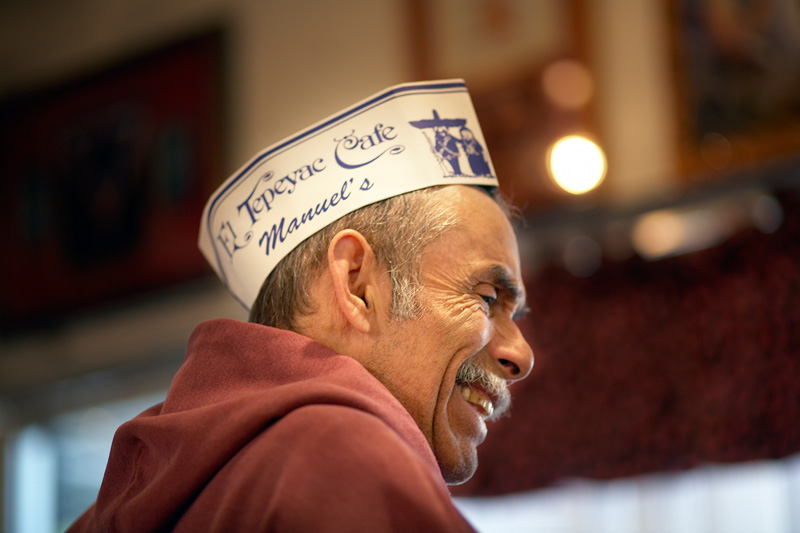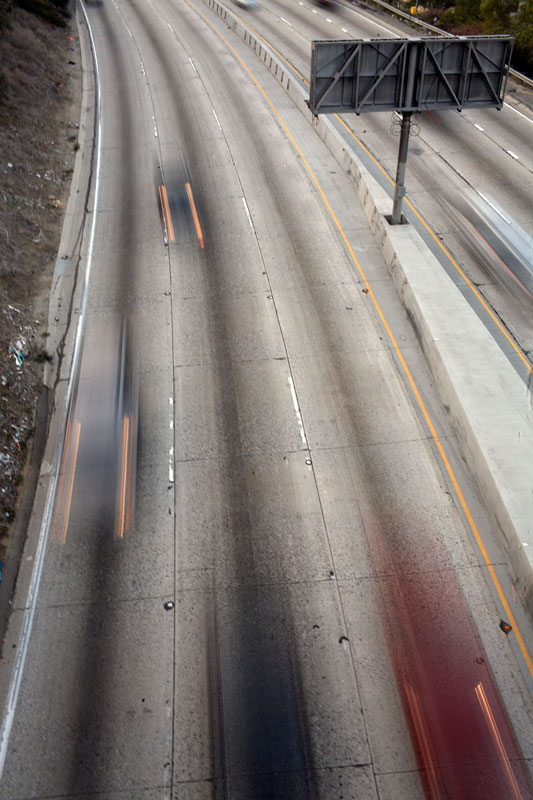About
 East LA Interchange tells the story of working-class, immigrant Boyle Heights, the oldest neighborhood in East Los Angeles. Targeted by government policies, real estate laws, and California planners, this quintessential immigrant neighborhood survived racially restrictive housing covenants, Japanese-American Internment, Federal redlining policies, lack of political representation, and the building of the largest and busiest freeway interchange system in the nation, the East L.A. Interchange. The documentary explores how the freeways – a symbol of Los Angeles ingrained in America’s popular imagination – impact Boyle Heights’ residents: literally, as an environmental hazard and structural blockade and figuratively, as a conversational interchange about why the future of their beloved community should matter to us all.
East LA Interchange tells the story of working-class, immigrant Boyle Heights, the oldest neighborhood in East Los Angeles. Targeted by government policies, real estate laws, and California planners, this quintessential immigrant neighborhood survived racially restrictive housing covenants, Japanese-American Internment, Federal redlining policies, lack of political representation, and the building of the largest and busiest freeway interchange system in the nation, the East L.A. Interchange. The documentary explores how the freeways – a symbol of Los Angeles ingrained in America’s popular imagination – impact Boyle Heights’ residents: literally, as an environmental hazard and structural blockade and figuratively, as a conversational interchange about why the future of their beloved community should matter to us all.
Boyle Heights was once one of the most sustainably diverse, multicultural areas in the United States. A 1954 article in Fortnight declared, “Few districts in America are as ethnically dynamic, politically tolerant, and community-proud…” East LA Interchange charts Boyle Heights’ evolution from multiethnic to predominately Latino as this still tolerant and community-proud neighborhood becomes a cradle of Mexican-American history and culture in the U.S. We see the neighborhood’s political activism from its early multiracial days blossoming with Boyle Heights resident Edward Roybal’s election as the first Latino in the twentieth century to the L.A. City Council and to Congress from California.
 East LA Interchange presents a complex picture of issues Boyle Heights’ residents have faced through the years such as access to education, gang violence, immigration policies, environmental pollution and gentrification. A New York Times article on the neighborhood used the term “gentefication” referring to young Latinos returning to Boyle Heights to invest in local businesses: “(Gentefication) has provided a jolt of energy and a transfusion of money, but it has also created friction with working-class residents here. And tensions over just whom this neighborhood belongs to are a clear sign that Latinos have come of age in Los Angeles.”
East LA Interchange presents a complex picture of issues Boyle Heights’ residents have faced through the years such as access to education, gang violence, immigration policies, environmental pollution and gentrification. A New York Times article on the neighborhood used the term “gentefication” referring to young Latinos returning to Boyle Heights to invest in local businesses: “(Gentefication) has provided a jolt of energy and a transfusion of money, but it has also created friction with working-class residents here. And tensions over just whom this neighborhood belongs to are a clear sign that Latinos have come of age in Los Angeles.”
The question of whether an evolving Boyle Heights can preserve its unique culture and history along with a desire to create new opportunities for its residents is one that many communities throughout the country are currently facing. In East LA Interchange, NYU historian John Kuo Wei Tchen says, “Places like Boyle Heights are literally on the cutting edge of what this country is becoming. It’s not based on making more money, moving further and further away from other people. It’s based on the new kinds of social relationships that can happen in a mixed and mingled kind of community that really makes up the promise of what this country should be about.”
East LA Interchange tells the story of how one neighborhood found its political voice in its fight against the largest freeway interchange system in the nation. Though there are different issues today, these activist residents are still organizing and speaking out for their rights as a working-class, immigrant, community of color. The film asks if Boyle Heights as we know it will survive the next round of challenges from environmental pollution, industrialization, development and gentrification. East LA Interchange provides a compelling look at what the future of America can be if communities like Boyle Heights work together to secure our nation’s pledge of providing justice for all.
Click to watch: ‘Ellis Island of the West Coast’: Documentary Delves Into Boyle Heights’ Rich History


